Margaret Howell A/W 2016
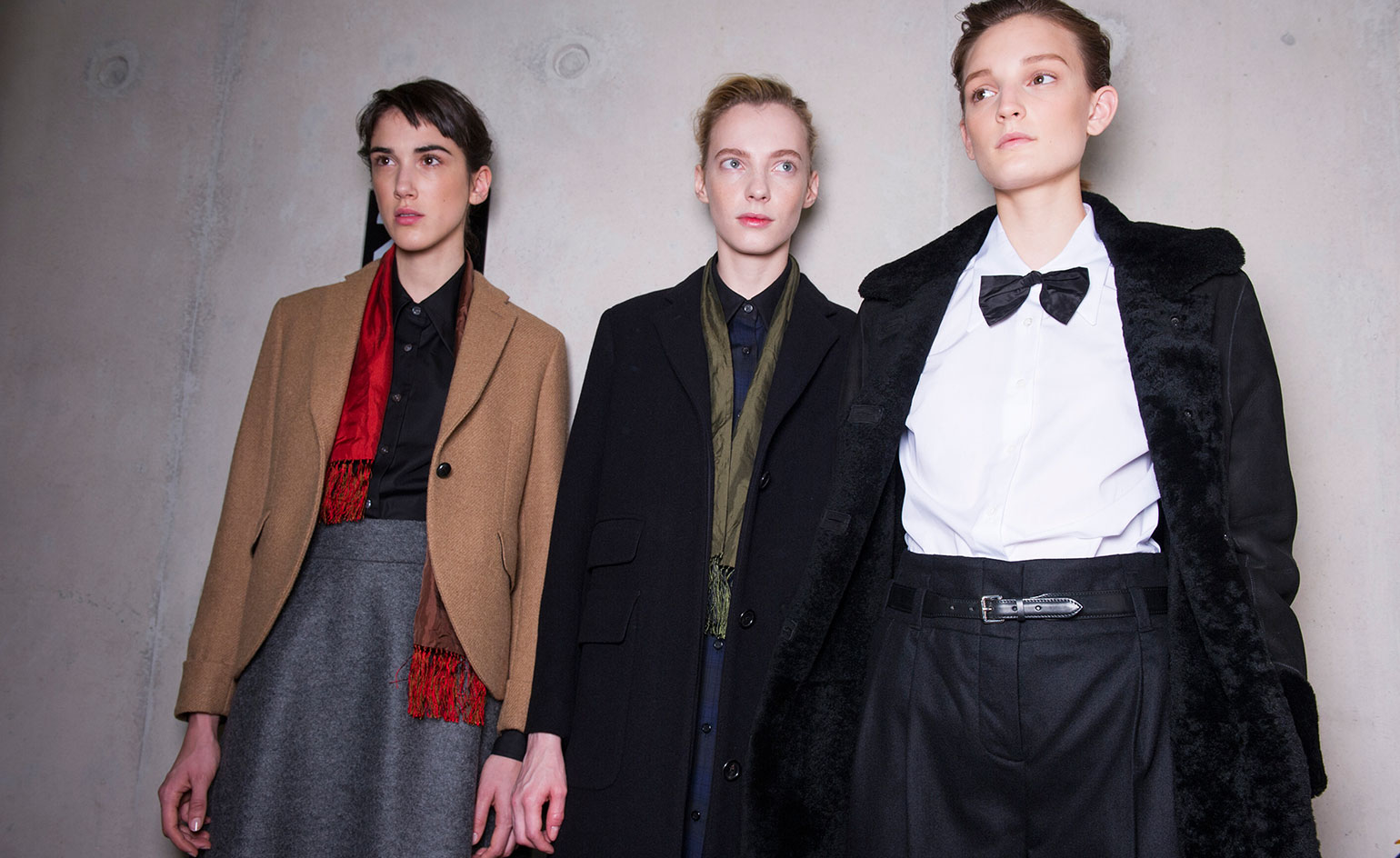
Scene setting: Once again Margaret Howell has chosen to unveil her new collection at the Rambert dance company’s Brutalist South Bank building – a stark location that is at once a contrast and a complement to Howell’s warm English materials and clean lines.
Best in show: Expert at collections that borrow from men’s wardrobe staples, Howell has the way to wear a loose fitting trouser with a crisp shirt and fitted blazer down to an art. It made seeing a slightly more luxurious piece like a burgundy velvet shift dress a welcome variation on austere feminine dressing.
Finishing touches: Make-up artist Pica Lucia’s hand – light and natural, focusing on the skin and preserving each girl’s natural beauty and personality – was a great match with Beat Bolliger’s unfussy styling that make this collection a perfect example of realistic womenswear.
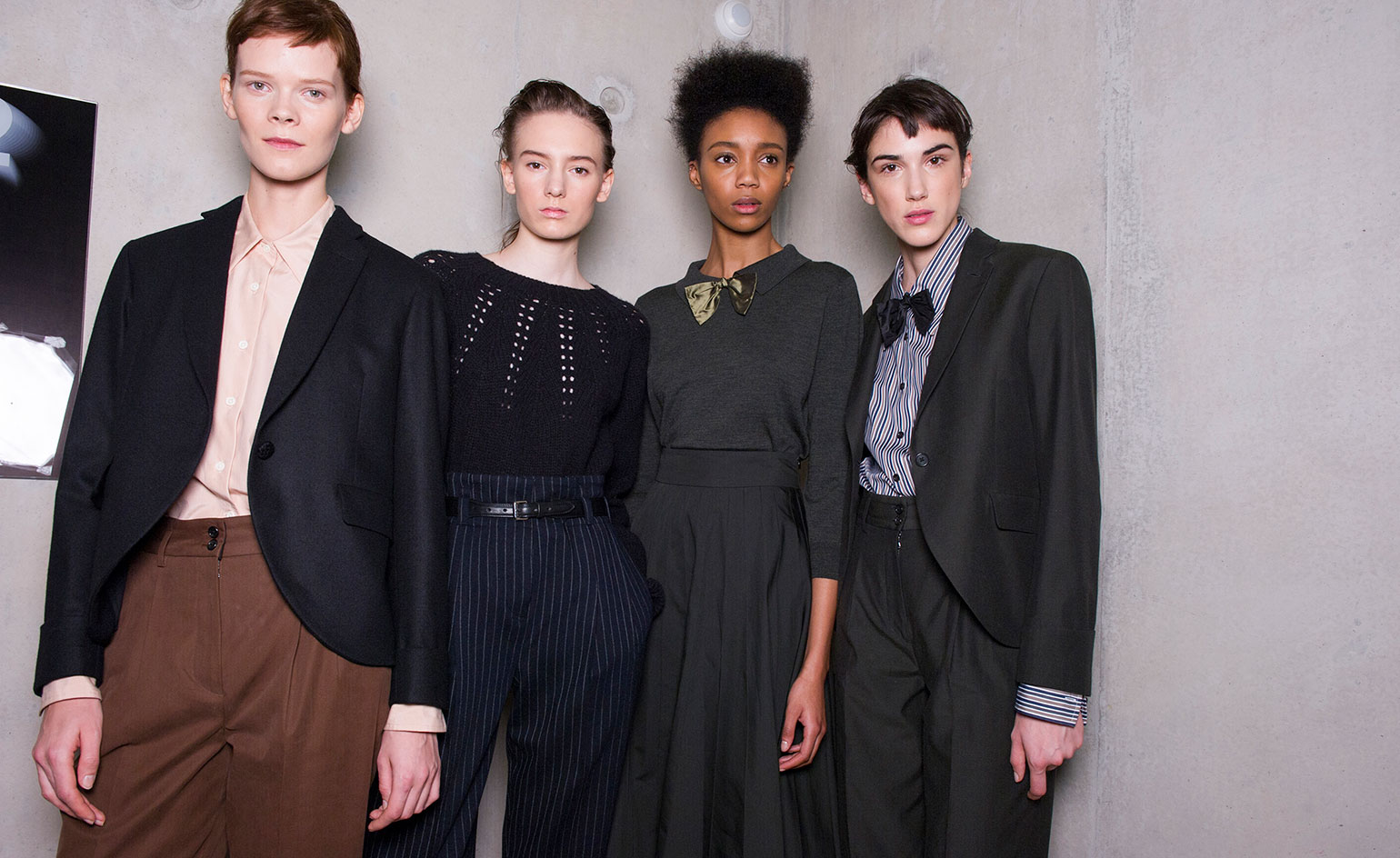
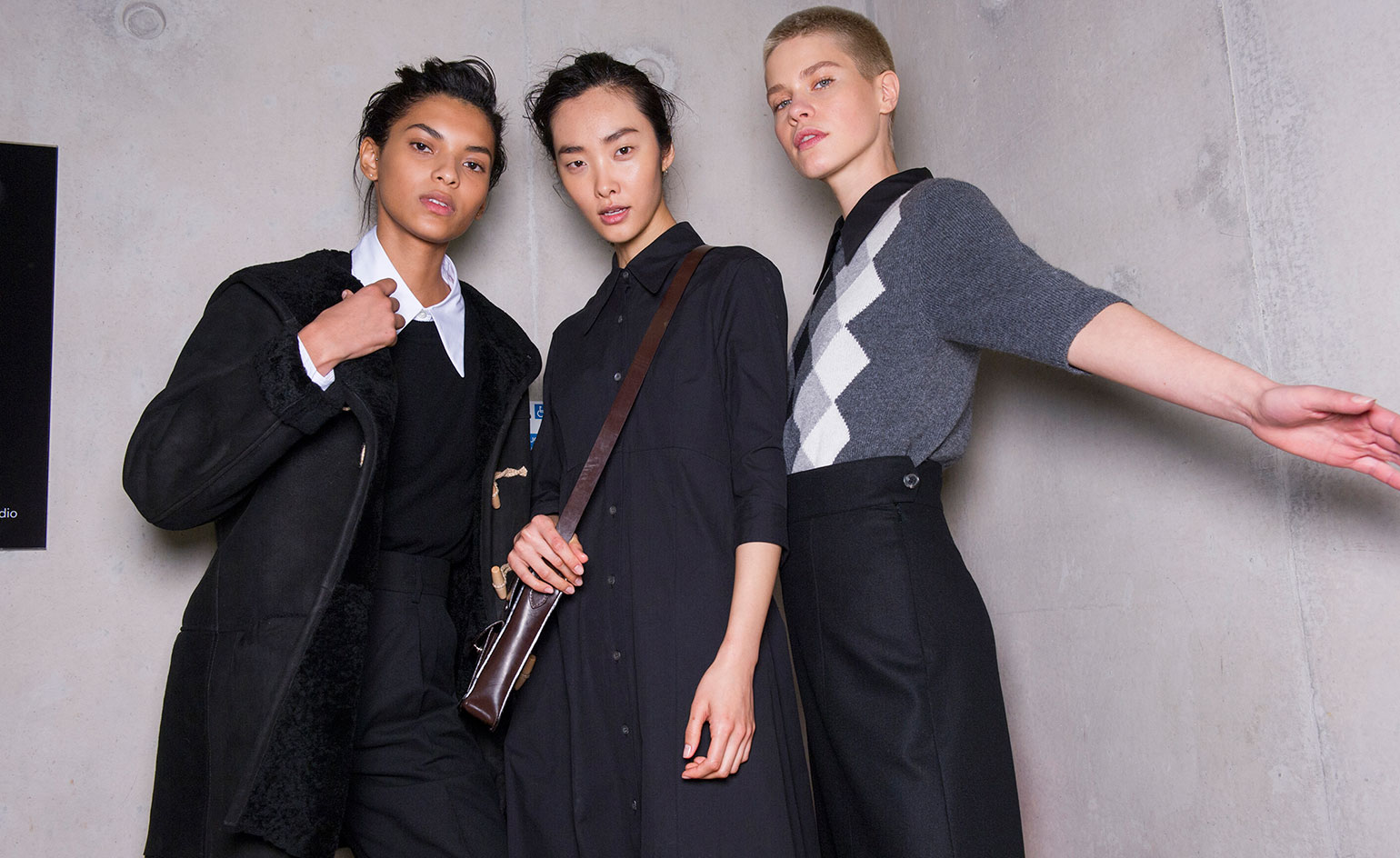
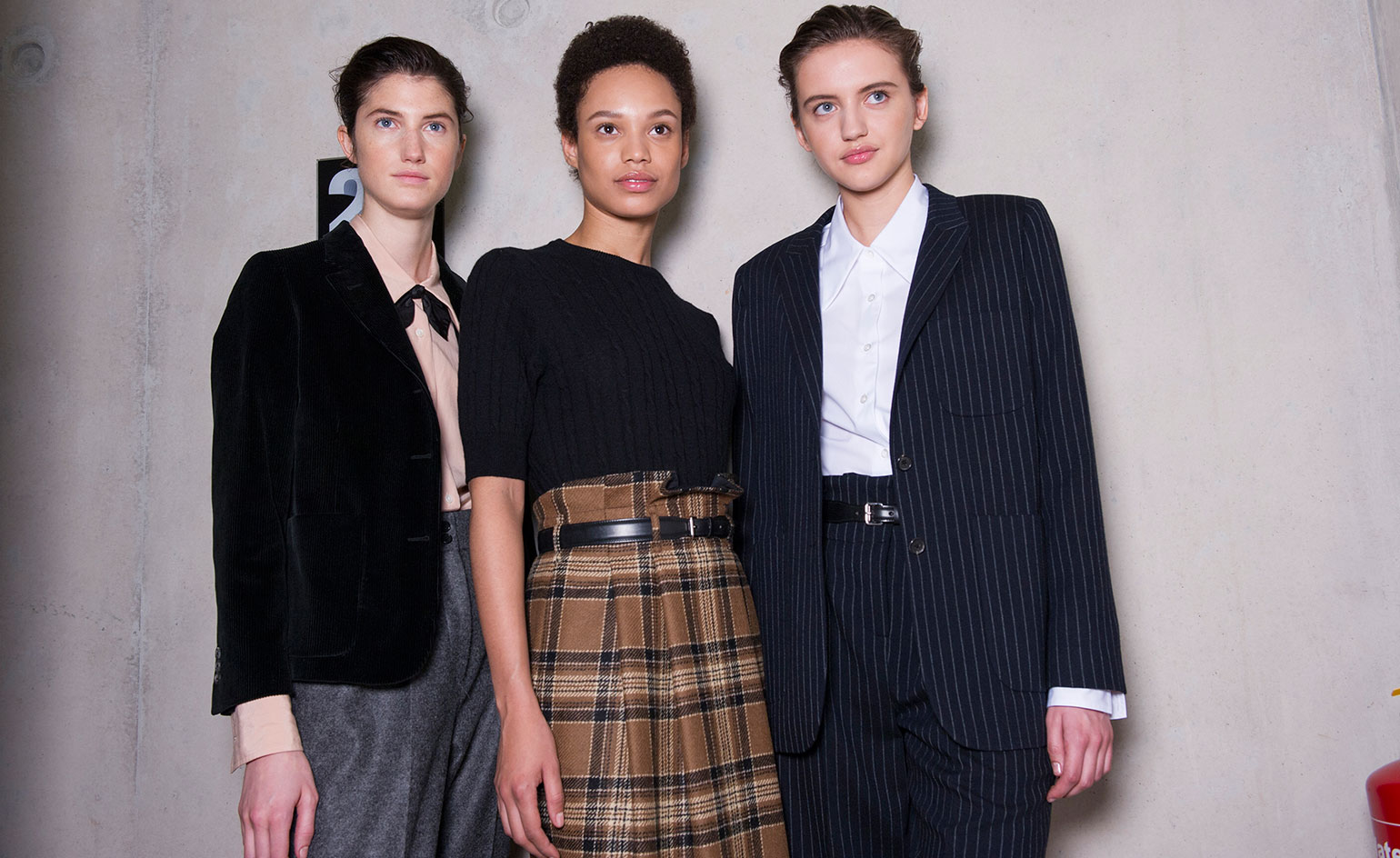
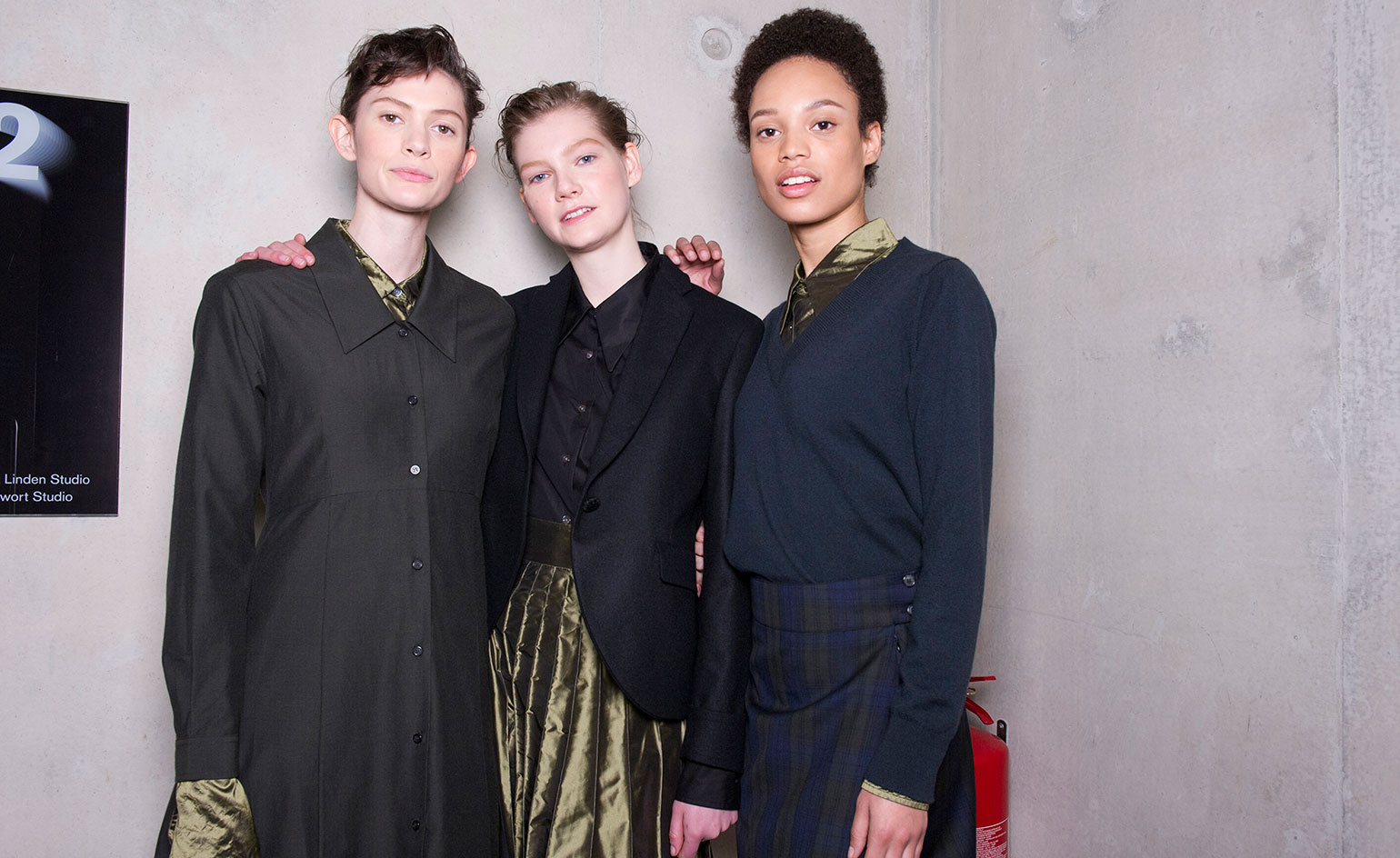
INFORMATION
Photography: Jason Lloyd-Evans
Wallpaper* Newsletter
Receive our daily digest of inspiration, escapism and design stories from around the world direct to your inbox.
Siska Lyssens has contributed to Wallpaper* since 2014, covering design in all its forms – from interiors to architecture and fashion. Now living in the U.S. after spending almost a decade in London, the Belgian journalist puts her creative branding cap on for various clients when not contributing to Wallpaper* or T Magazine.
-
 All-In is the Paris-based label making full-force fashion for main character dressing
All-In is the Paris-based label making full-force fashion for main character dressingPart of our monthly Uprising series, Wallpaper* meets Benjamin Barron and Bror August Vestbø of All-In, the LVMH Prize-nominated label which bases its collections on a riotous cast of characters – real and imagined
By Orla Brennan
-
 Maserati joins forces with Giorgetti for a turbo-charged relationship
Maserati joins forces with Giorgetti for a turbo-charged relationshipAnnouncing their marriage during Milan Design Week, the brands unveiled a collection, a car and a long term commitment
By Hugo Macdonald
-
 Through an innovative new training program, Poltrona Frau aims to safeguard Italian craft
Through an innovative new training program, Poltrona Frau aims to safeguard Italian craftThe heritage furniture manufacturer is training a new generation of leather artisans
By Cristina Kiran Piotti